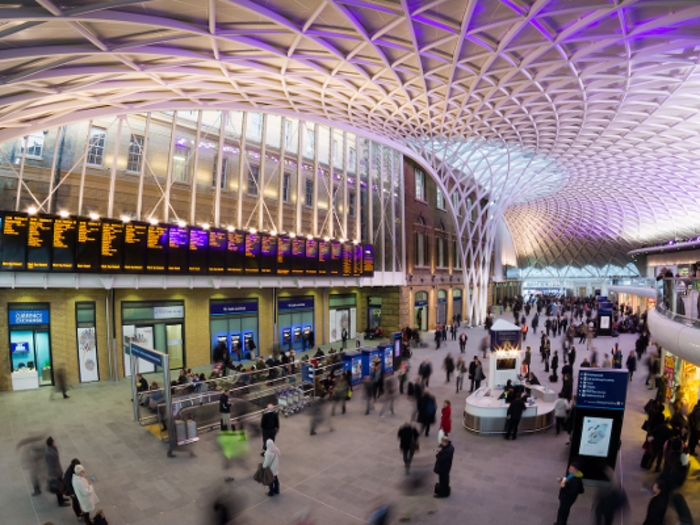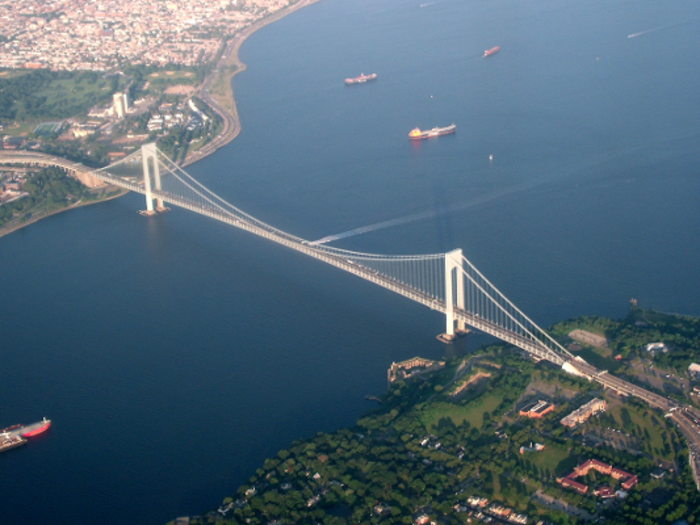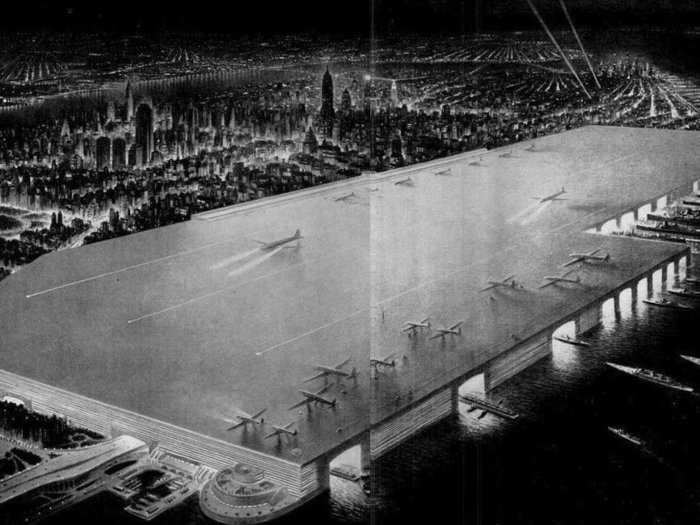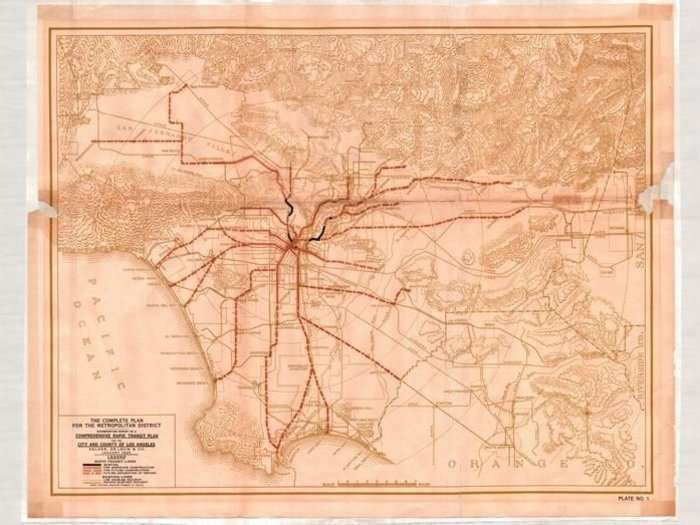6 of the best unbuilt transportation projects in the 20th century
Cincinnati wanted to have a subway.

There could have been an airport in the middle of London.

King's Cross is busy enough with a subway station in the geographic center of London, but imagine for a second how busy it would be with an airport.
In the 1930's, British architect Charles Glover had an idea for an elevated "aerodrome" at King's Cross, which would have been placed above the station's sidings. The aerodrome was imagined in the shape of a pinwheel with concrete runways to let airplanes shoot off in different directions out of the city.
You can read more on the plans and see photos on the Guardian.
New York had lots of subway extension ideas, including a subway connecting to Staten Island.

Today, New Yorkers know Staten Island as the one borough the train doesn't connect to. In 1923, the city broke ground on tunnels underneath the Verrazano-Narrows Bridge, but the tunnel only went on for 150 feet before being abandoned due to a lack of funding.
Unfortunately, the city missed the bus on making a subway line work. Today, Curbed writes, it would be prohibitively expensive to build a subway going Staten Island and purchase properties around the train line.
Manhattan could have had a huge airport runway from 24th to 71st Street.

6sqft writes that there could have been an airport in the middle of Manhattan in the 1940's, but it would have cost $3 billion, or $17.06 billion in today's dollars.
The runway would have stretched a whole 144 blocks over the island from 24th to 71st street, and would have had let 68 planes take off and land in an hour, compared to LaGuardia's 71 and Newark and JFK's 89, according to Untapped Cities.
The idea came from real estate developer William Zeckendorf, who then owned the Chrysler Building and Hotel Astor. The runway could have paid itself off through rental income in 55 years.
Fortunately, New Yorkers weren't all that keen on having a 144-block runway obscure the lower half of Manhattan. Bullet dodged.
LA almost had a full subway and elevated transit system.

Imagine a Los Angeles without gridlock, and without the road rage (or at the very least less road rage).
Smithsonian Magazine writes that Kelker and Deleuw, two transportation planners who authored a rapid transit plan for Chicago, also mapped out a rapid transit system for Los Angeles in 1925.
The plan would have included a 140-mile system of elevated rails and subways, which locals were split on, but eventually rejected. While LA does have a light rail system today, it's only 98.5 miles. The city still can't shake its reputation for being the US city with the worst traffic.
"The ills of the automobile hadn’t yet sunk in," Sam Lubell, author of Never Built: Los Angeles told Smithsonian. "Just like with the parks, they [those aligned against the transit plan] didn’t quite understand how uncontrolled the city would get."
Advertisement